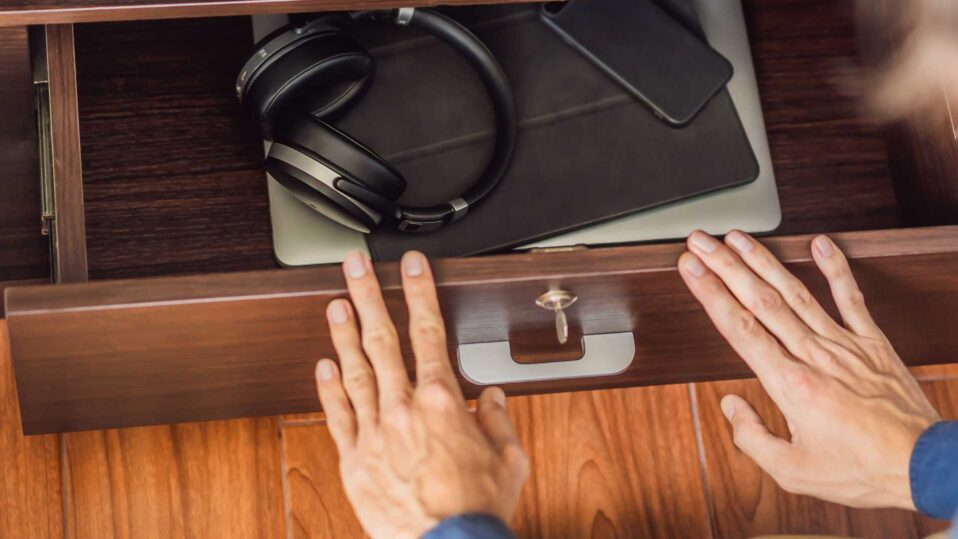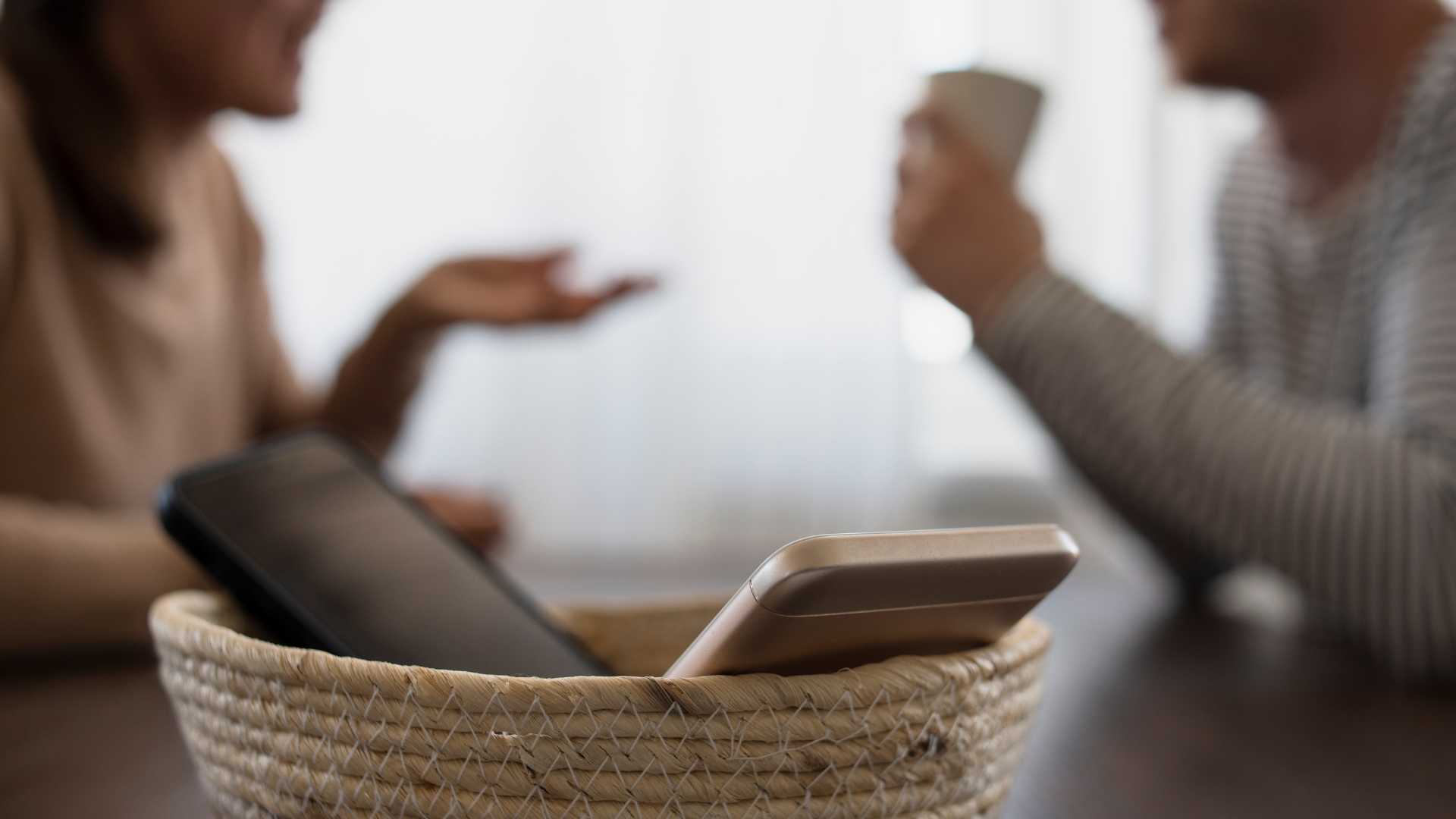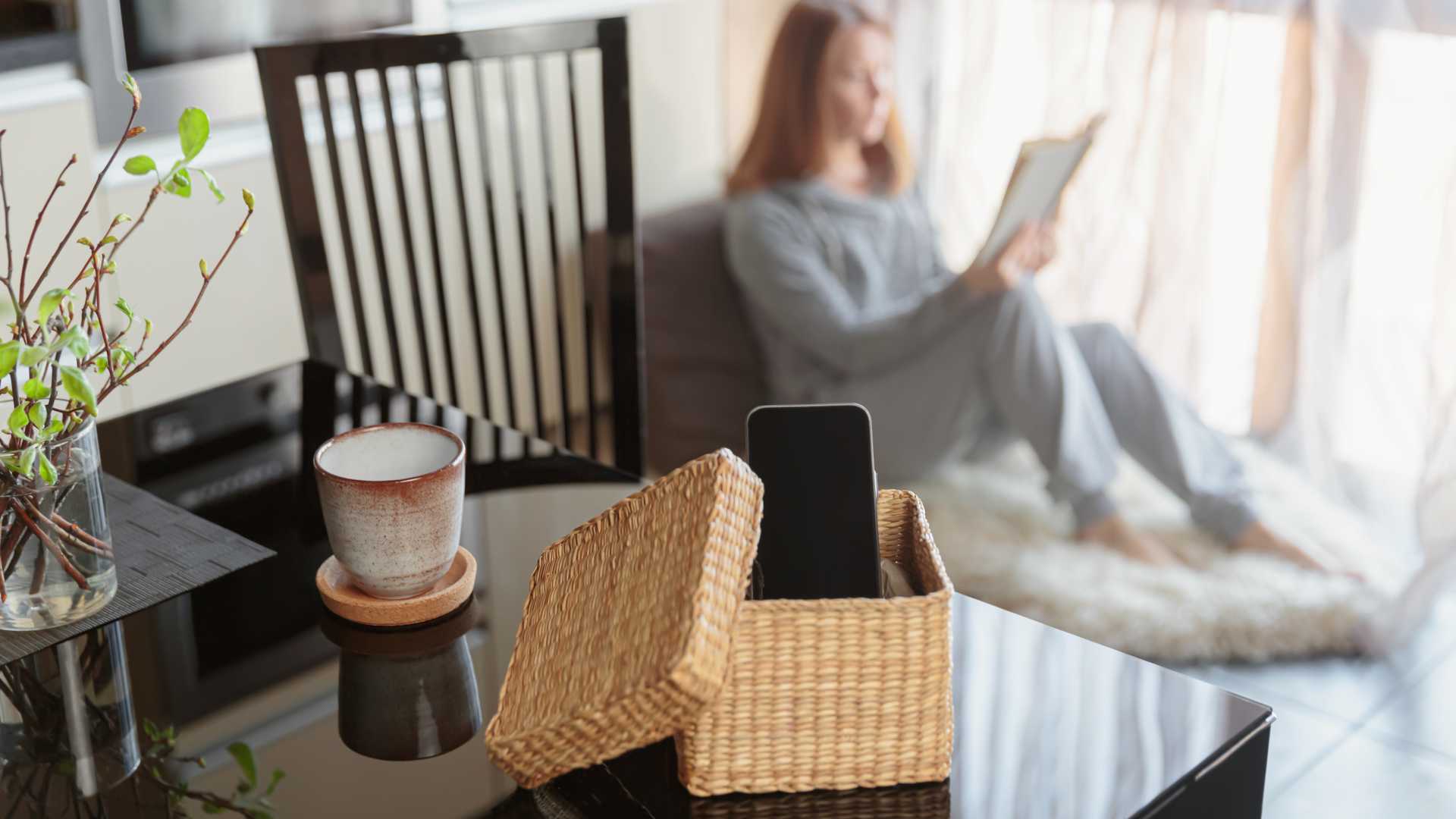“Digital detox”: 3 active women have tested it and give us their point of view

In this digital age where technology governs almost every aspect of our lives, it’s easy to become overly dependent on our devices. The constant use of technology, from our cell phones to laptops for work, can negatively impact our health and wellbeing. This article will share insights from three active women who decided to try a digital detox to address this concern, and their experiences might just convince you to do the same.
The Need for a Digital Detox
The term “digital detox” refers to a period of time when a person refrains from using tech devices such as smartphones, televisions, computers, tablets, and social media sites. The purpose is to reduce stress or focus on social interaction in the physical world. It is about disconnecting from digital devices to reconnect with the real world.
According to various studies, excessive use of digital devices can negatively impact users’ health and wellbeing. Problems such as disrupted sleep patterns, diminished productivity, and increased stress levels have all been linked to excessive device usage. Moreover, the pandemic has further escalated our reliance on technology, making the need for a digital detox more pressing than ever.
Experiences of Active Women on Their Digital Detox Journey
Our online life, which includes everything from work, social interactions, shopping, and entertainment, has become an integral part of our existence. To better understand the effects of a digital detox, we spoke with three active women to gather their first-hand experiences.
Lisa: The Social Media Manager
Lisa, a social media manager, was constantly online due to the nature of her job. She used her phone for more than 12 hours a day, causing her health to deteriorate. After her doctor suggested a digital detox, she decided to limit her use of digital devices after work hours.
“At first, it was a struggle. But when I started spending more time with my family and started pursuing my hobby of painting, I felt more relaxed and fulfilled,” Lisa shared.
Emily: The IT Professional
Emily, an IT professional, was used to being online all day. Her work life was inseparable from her digital devices. After observing a decline in her productivity and concentration at work, Emily decided to try the digital detox.
“I worked out a schedule where I took regular breaks from looking at any screen. I realized I was more focused at work and had more time for myself and family outside work,” Emily commented on her experience.
Sofia: The Student
Sofia, a PhD student, found herself spending most of her time online due to her studies. Despite the digital nature of her work, Sofia decided to implement a digital detox where she would stop using her devices for a few hours every day.
“It was a difficult transition, but it made me realize how dependent I was on my devices. The detox helped me improve my focus and I felt less overwhelmed,” Sofia said.
Health Benefits Observed
The women we spoke with reported major improvements in their health and well-being after their detox journey. They experienced better sleep, reduced stress levels, and improved mental health. A digital detox, it seems, can indeed help people achieve a healthier balance between their digital and real-life experiences.
Challenges and Overcoming Them
Whilst the benefits are clear, these women also faced challenges during their digital detox. The urge to check their devices, feeling isolated, and difficulty in focusing were some of the issues they experienced. To overcome these, they used various strategies such as engaging in physical activities, spending time with loved ones, and practicing mindfulness.
A Realistic Approach to Digital Detox
While a digital detox provides several benefits, it may not be feasible for everyone to completely disconnect from their devices, especially given the current trend of work-from-home and online schooling. However, adopting a realistic approach such as limiting screen time, turning off unnecessary notifications, and designating tech-free zones at home, can help users gain the benefits of a digital detox without completely eliminating technology from their lives.
In the end, balance is key. Our digital devices are not inherently bad; they offer numerous benefits and conveniences. It’s about controlling our device usage, rather than letting it control us.
Implementing a Mindful Digital Detox
When it comes to a digital detox, a one-size-fits-all approach doesn’t work. But the experiences of Lisa, Emily and Sofia teach us that making mindful changes based on individual needs and circumstances can prove beneficial. Their journeys emphasize the importance of setting realistic boundaries and developing a healthy relationship with digital devices.
For instance, Lisa chose to limit her screen time after work, allowing her to engage in activities she loved and spend time with her family. Sofia, despite her academic commitments, committed to a daily tech-free period, helping her improve focus and reduce stress. Emily’s technique was to take frequent breaks during her workday, which improved her productivity and concentration.
What these experiences underline is the importance of actively managing screen time and creating a work-life balance. Even in professions or situations where digital device usage is inevitable, these women found ways to control their media usage rather than allowing it to control them.
On a broader scale, this could mean setting specific ‘media-free’ times each day. Or it could mean limiting use of certain platforms, perhaps deactivating certain social networking sites that are particularly time-consuming. The important thing is that this should be a conscious, considered decision, not something that just happens.
Considering the ubiquity of tech in our lives, it’s clear that digital detoxing needs to be an ongoing, evolving practice. The key is to make a plan, start small, and adjust as necessary. It’s about finding a balance that works for you, which will likely change and necessitate flexibility.
In conclusion, the digital detox experiences of these three active women illustrate that it is possible to have a healthy relationship with technology by being mindful of our screen time and social media usage. By making conscious decisions about when and how to use digital devices, we can mitigate the adverse effects of excessive media usage and improve our mental health.
Moreover, these experiences underscore the necessity of a realistic approach to digital detoxing. It’s not about complete avoidance but rather about establishing a healthy work-life balance, where the use of digital devices and social media is conscious and controlled.
In essence, a digital detox is a personal journey that requires us to take the driver’s seat. It’s about being mindful and intentional in our digital interactions, carving out time for other aspects of life such as hobbies, physical exercise, and connecting with loved ones in the real world. The experiences of Lisa, Emily, and Sofia serve as a reminder that while our digital devices are here to stay, they don’t have to dictate our lives. Remember, balance is key and it’s you who holds the power to set that balance.
In this digital age, let’s not overlook the importance of a meaningful digital detox. It’s not merely a trend or buzzword—it’s a necessary step towards achieving better mental health and a more fulfilling life. So, take a cue from these women, evaluate your digital habits, and embark on your own digital detox journey!


